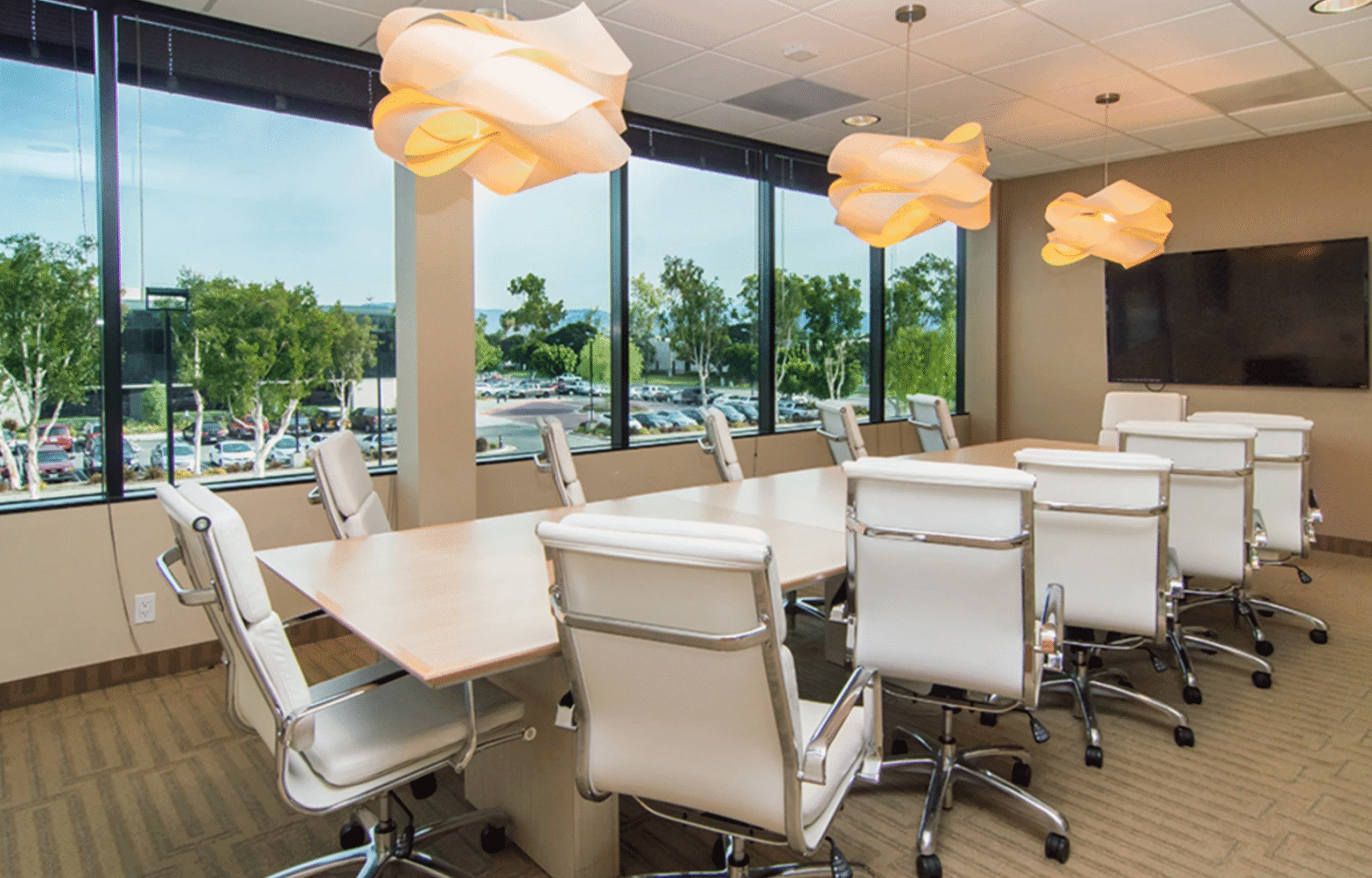As office vacancy rates continue to rise across Hong Kong, Central and Kowloon East have emerged as the city’s most prominent hotspots for unoccupied commercial space. While this might seem like a challenge for traditional office landlords, it presents a golden opportunity for a new generation of workers and companies embracing more dynamic, agile environments — especially in the growing coworking sector.
The Shift Toward Flexible Work
The modern workforce is evolving fast. Startups, freelancers, and even corporates are ditching long-term leases in favor of agile, flexible work models. And with vacancy rates in Central hovering around 14% and Kowloon East topping 19%, landlords and operators are rethinking how space is used — turning underutilized floors into thriving coworking spaces.
Coworking has proven to be more than a trend. It’s a global movement fueled by:
- Remote work adaptation – giving teams a professional setup without a fixed HQ.
- Cost-effective solutions – offering desks and private rooms without long-term financial commitments.
- Community and collaboration – attracting like-minded professionals looking to connect, innovate, and grow.
- Work-life balance – with access to wellness rooms, cafes, and local amenities.
Why Kowloon East Is Emerging as a Coworking Hotspot
Central’s premium status has made it a magnet for high-end coworking environments, but coworking Kowloon — particularly in the East — is gaining momentum fast. The district’s accessibility, affordable rent, and proximity to industrial and creative hubs make it ideal for startups, design studios, and hybrid teams.
Coworking providers in Kowloon East are reimagining office layouts to foster:
- Innovation through open-plan designs, creative zones, and modular furniture.
- Networking by hosting pitch nights, workshops, and community lunches.
- Business growth with on-site support services like legal consulting, HR tools, and investor meetups.
Addressing Common Coworking Concerns
Despite its advantages, some businesses hesitate to embrace coworking due to:
- High costs – resolved by flexible membership options, including daily, weekly, and industry-specific packages.
- Relocation stress – tackled by offering move-in-ready spaces with support from dedicated community managers.
- Productivity concerns – alleviated through quiet zones, soundproof pods, and structured workspaces.
- Community friction – improved with intentional onboarding and inclusive community-building events.
The Role of Tech and Wellness in Modern Coworking
Technology is at the heart of today’s coworking experience:
- Mobile apps for room booking, visitor check-ins, and billing.
- Smart lighting and temperature control systems for comfort and energy efficiency.
- Virtual networking tools to connect members across different sites and time zones.
Meanwhile, mental health and well-being are gaining traction:
- Wellness programs, yoga classes, and meditation rooms are becoming standard.
- Indoor greenery and natural lighting support mood and focus.
- On-site cafes and lounges promote work-life integration.
Looking Ahead: The Future of Coworking in Hong Kong
As vacancy remains high, we’ll likely see:
- Hybrid coworking models that combine physical desks with virtual platforms.
- Niche coworking spaces tailored for creatives, developers, or wellness professionals.
- Sustainable coworking environments with upcycled furniture, solar power, and zero-waste initiatives.
Conclusion: Turning Empty into Opportunity
The high vacancy in Central and Kowloon East isn’t a sign of decline — it’s an invitation to rethink work. With more coworking options available than ever, businesses now have the chance to scale smartly, innovate freely, and thrive within vibrant, community-driven environments.
For companies seeking flexibility, collaboration, and future-ready infrastructure, these vacancy hotspots may just be the best move they haven’t made yet.
